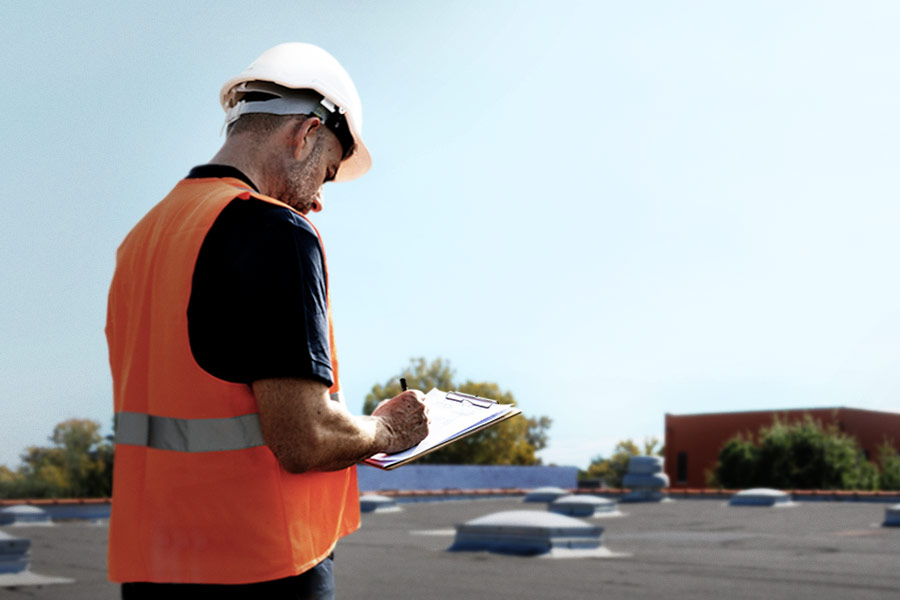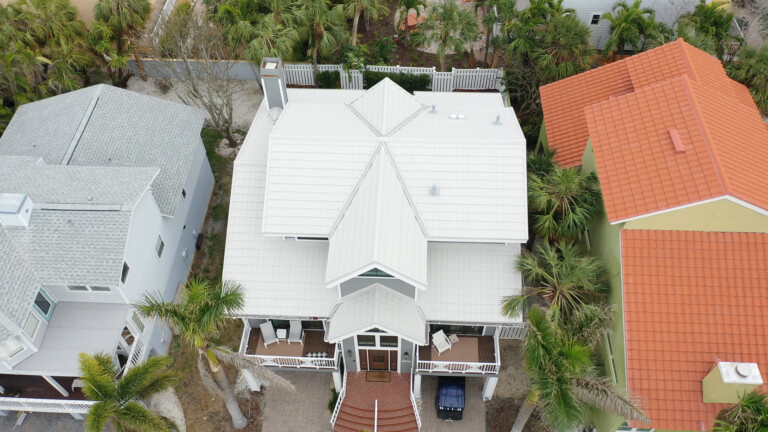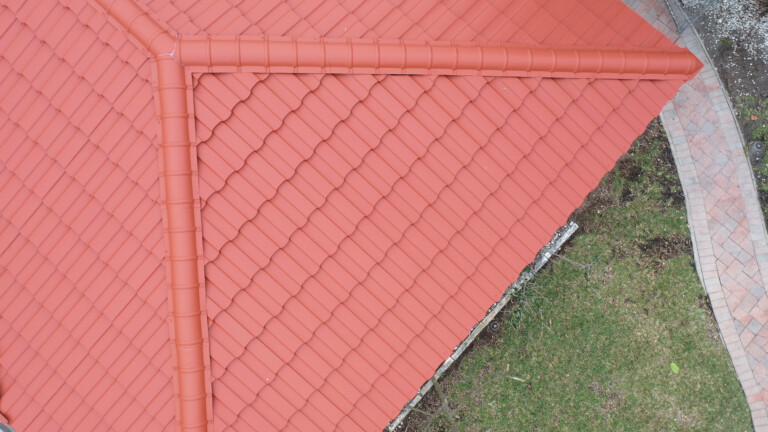Why Regular Roof Inspections Are Crucial After Severe Weather Events

Why Regular Roof Inspections Are Crucial After Severe Weather Events
In hurricane-prone regions like Pinellas County, Florida, severe weather events are a common occurrence. After a storm, many homeowners breathe a sigh of relief if their roof looks undamaged at first glance. However, roof damage is not always immediately visible, and even minor issues can develop into significant problems over time. This is why regular roof inspections are essential after any severe weather event.
Hidden Damage Can Lead to Bigger Problems
One of the main reasons roof inspections are so important is that storm damage isn’t always obvious. High winds, heavy rain, and flying debris can cause damage beneath the surface of your roofing materials. For instance, shingles may appear intact but could be loosened or cracked, allowing water to seep through and cause leaks.
Left unchecked, even a small leak can lead to much bigger issues like mold growth, rotting wood, or damaged insulation. Over time, water infiltration can compromise the structural integrity of your roof, leading to costly repairs or even a full roof replacement.
Common Types of Post-Storm Roof Damage
During a roof inspection, professionals will check for various types of damage that might not be visible from the ground:
- Missing or Loose Shingles/Tiles: Shingles or tiles can be torn off or loosened by strong winds, exposing the underlayment to the elements.
- Cracked or Dented Shingles/Tiles: Hail or debris can cause cracks, dents, or punctures, which may not be obvious but can lead to water intrusion.
- Flashing Damage: The metal flashing around chimneys, vents, and skylights can become loose or bent during storms, creating potential entry points for water.
- Gutter and Downspout Issues: Storms often clog gutters with debris or cause them to loosen, which can prevent proper drainage and lead to water pooling on your roof.
- Structural Damage: High winds or heavy impact from falling branches can cause structural damage to your roof’s framing or decking, which is a serious issue requiring immediate attention.
Preventing Water Damage and Mold Growth
One of the biggest dangers of ignoring roof inspections after severe weather is water damage. Water can easily find its way into your home through even the smallest gaps in your roof, leading to leaks. Over time, water damage can result in mold growth, which poses health risks to you and your family and can be very expensive to remediate.
Mold thrives in damp, dark environments, and your attic is the perfect breeding ground if water seeps through a damaged roof. By identifying leaks early through regular inspections, you can avoid these problems before they escalate.


